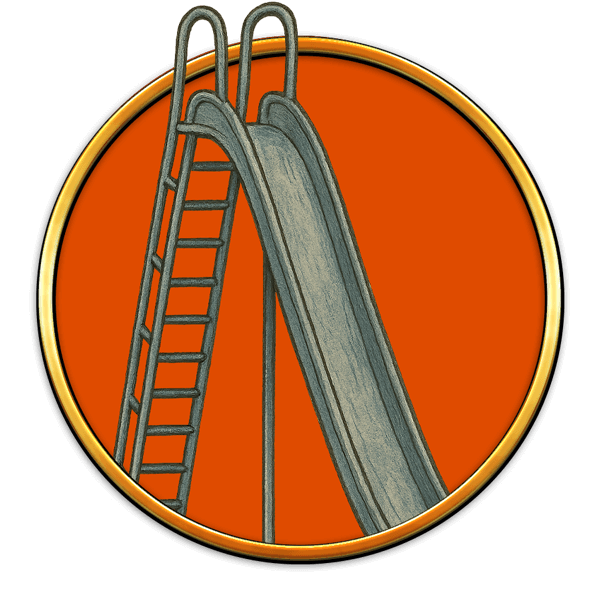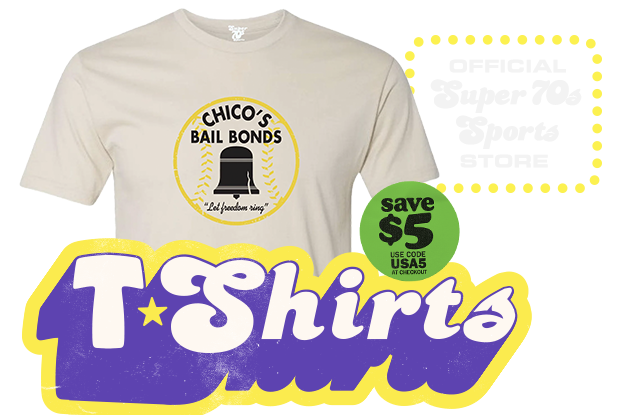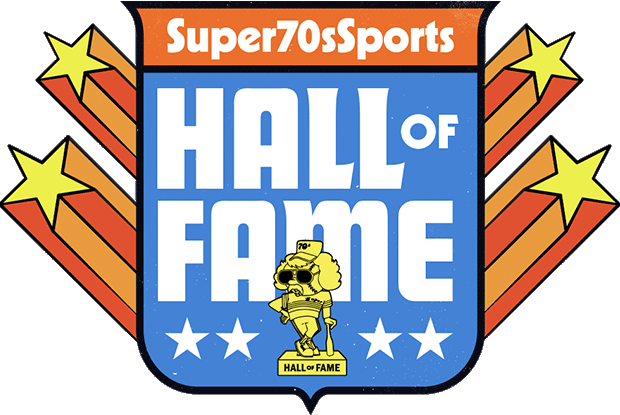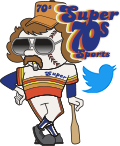In the 1970s, playgrounds weren’t whimsical. They weren’t “safe.” They weren’t built by child psychologists with soft-landing zones and pastel color palettes.
They were death traps in broad daylight.
Everything was made of steel, weighed 800 pounds, and was bolted into concrete like the designer had studied at a prison architecture school. The idea of “fall protection” began and ended with a thick layer of gravel, asphalt, or if you were lucky—splinter-laced wood chips.
Let’s start with the slide—a twenty-foot-high ramp of polished metal that could fry an egg by 10 a.m. Kids would line up to roast their thighs while plummeting downward at speeds that made sonic booms seem reasonable. Bonus points if the slide ended in a jagged concrete ditch or a patch of hard-packed earth.
Then there was the merry-go-round, aka the centrifuge of doom. You’d spin it as fast as possible until the weakest kid flew off like a lawn dart into a chain-link fence. No brakes. No rules. Just centripetal force and blind trust.
Monkey bars? Please. Those were built to military spec. You climbed to the top, realized you were roughly three stories in the air, and then immediately slipped because everything was either wet, rusted, or coated in a mysterious gray grime.
And don’t forget the see-saw—a medieval-looking plank of wood that either launched you skyward or slammed you into the ground, depending on the cruelty of the kid opposite you.
By today’s standards, these things were lawsuits waiting to happen. But back then? They were just playgrounds. And surviving them wasn’t just fun—it was a badge of honor. You didn’t leave with a juice box.
You left with a limp and a story.








